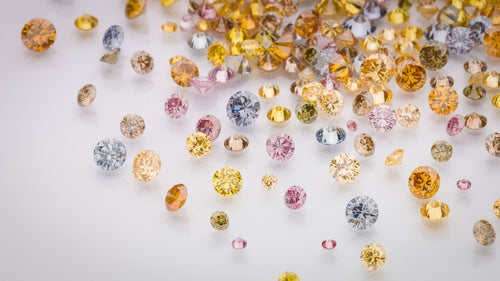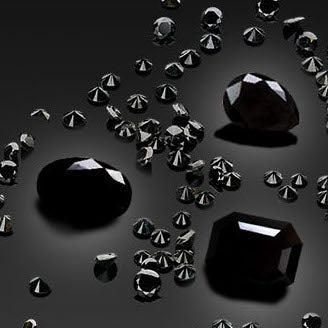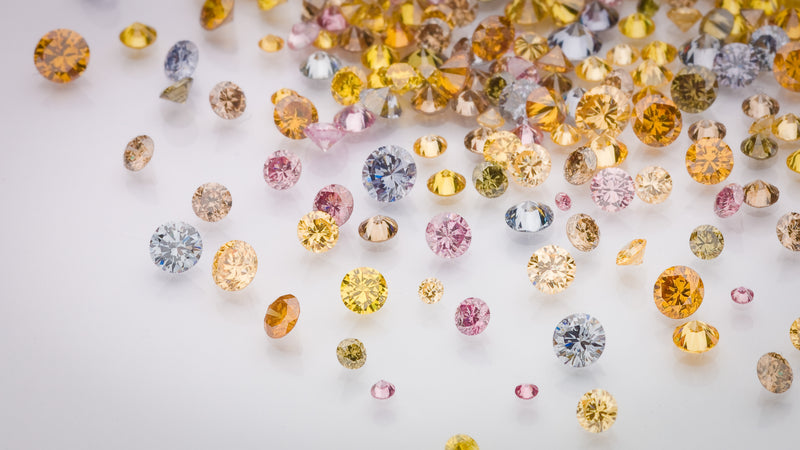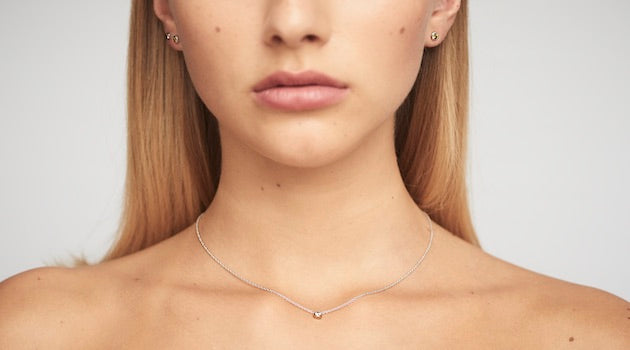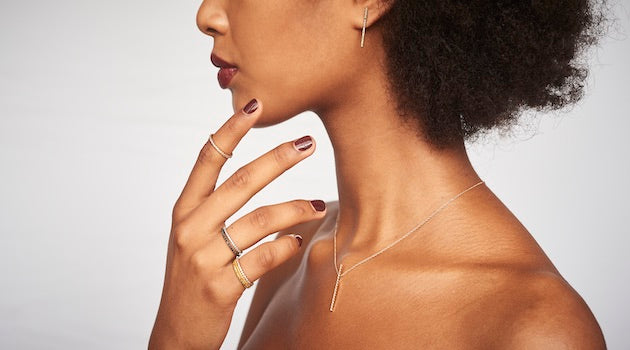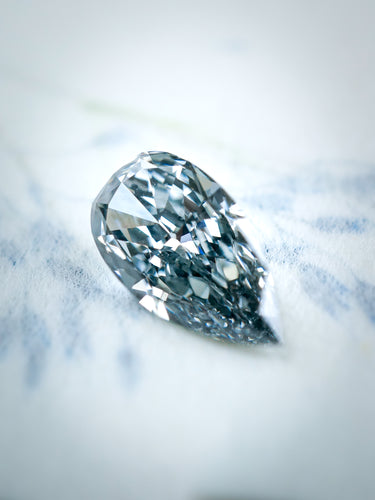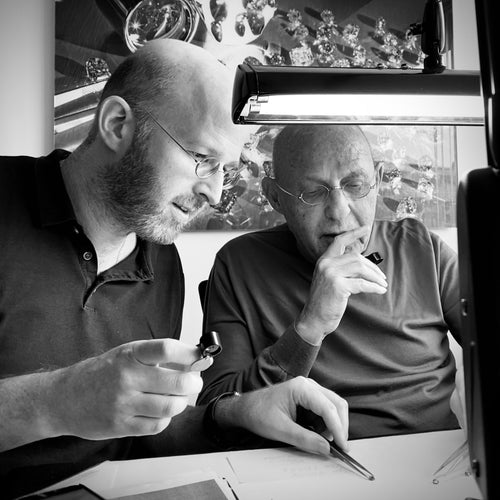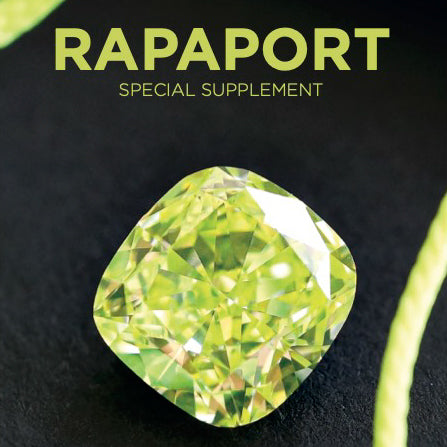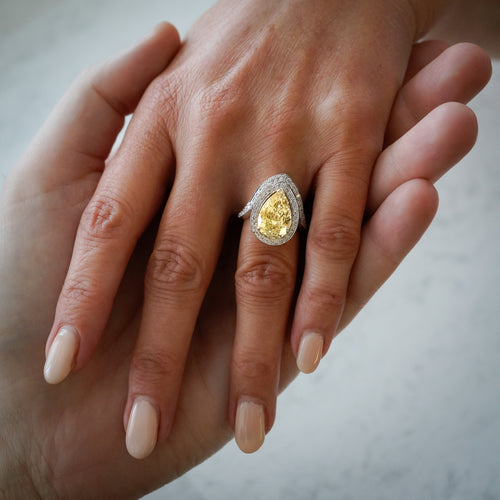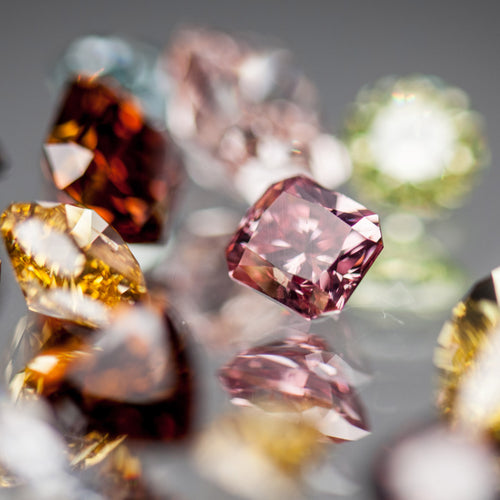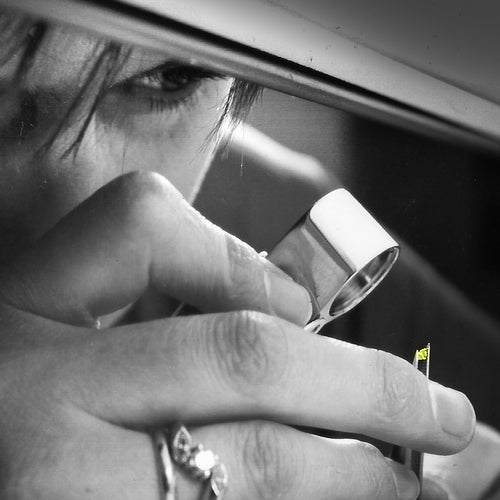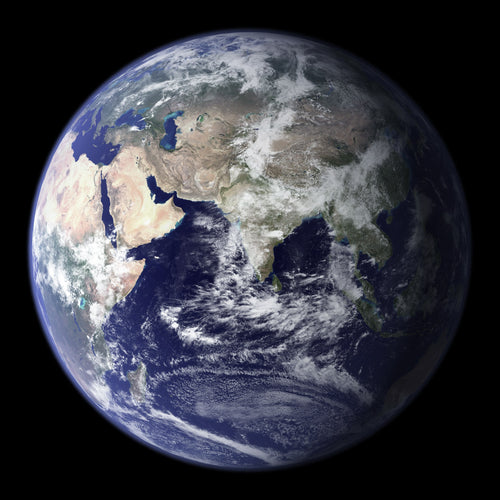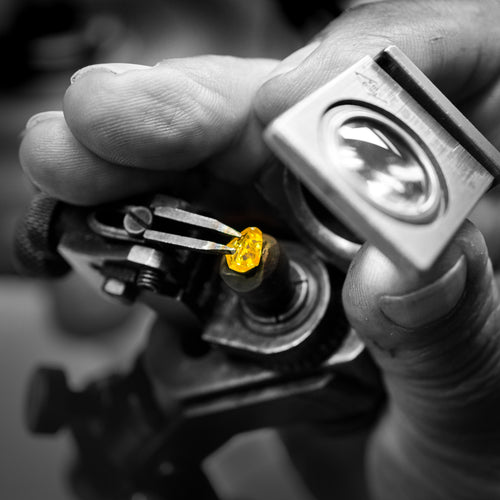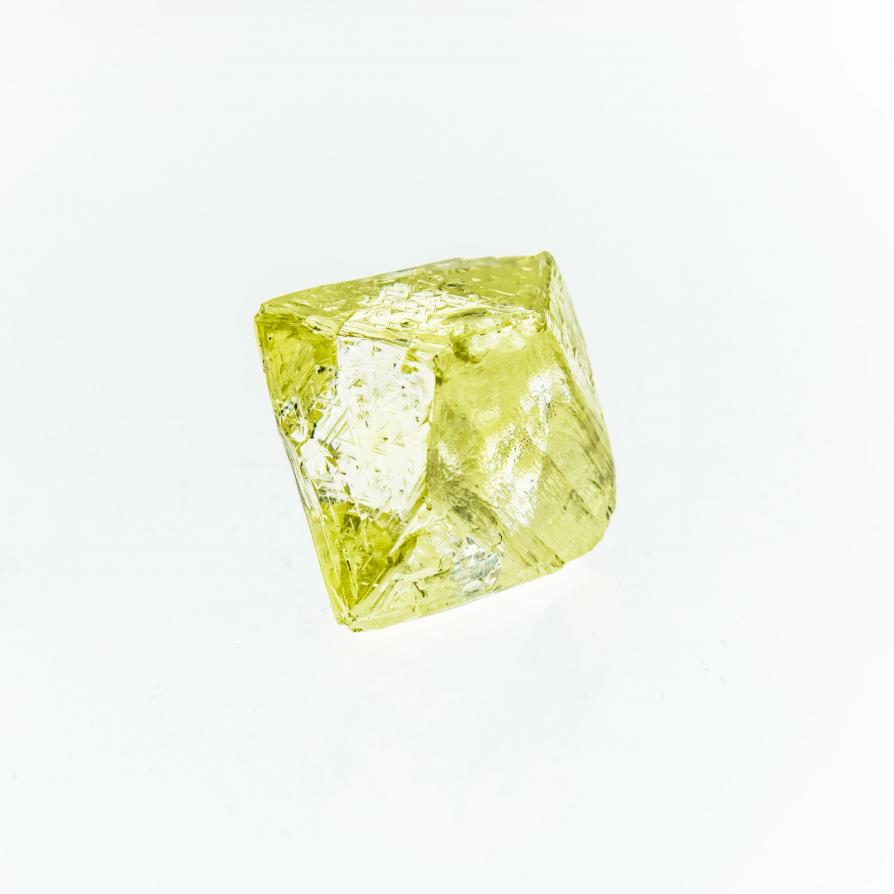

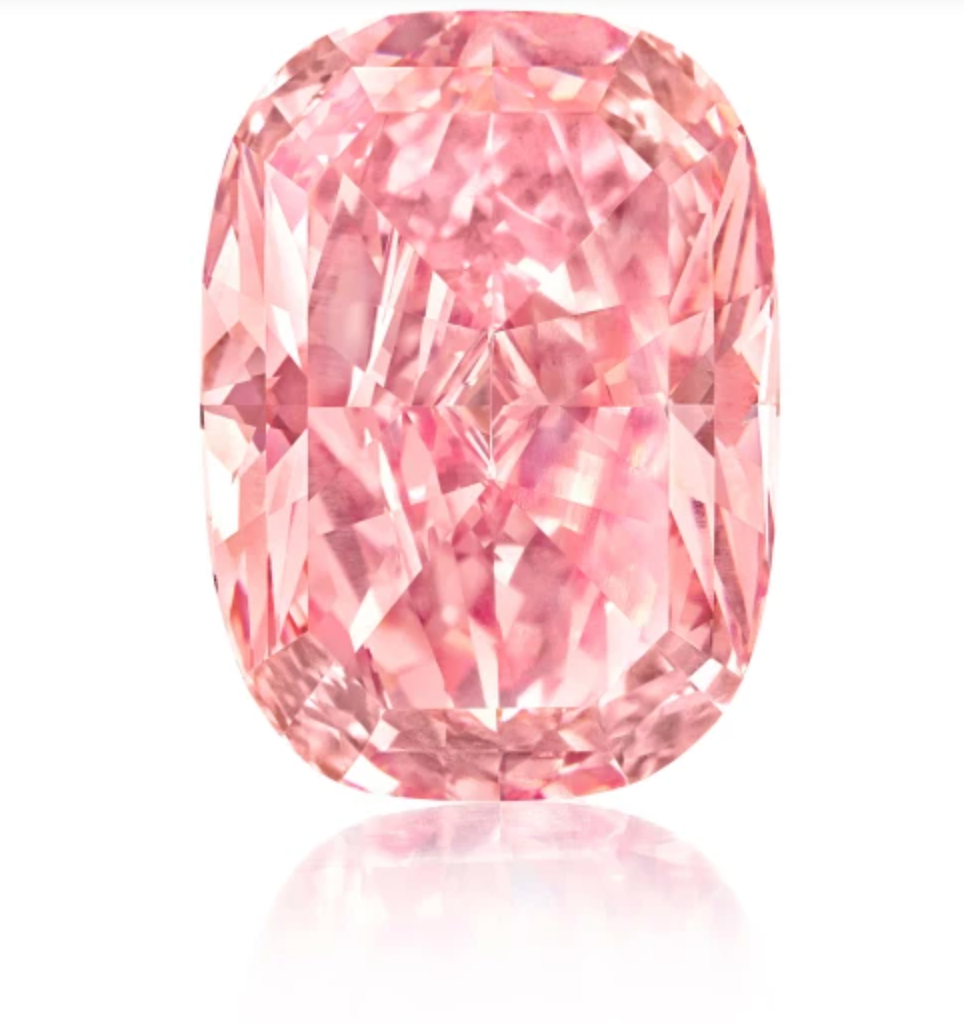
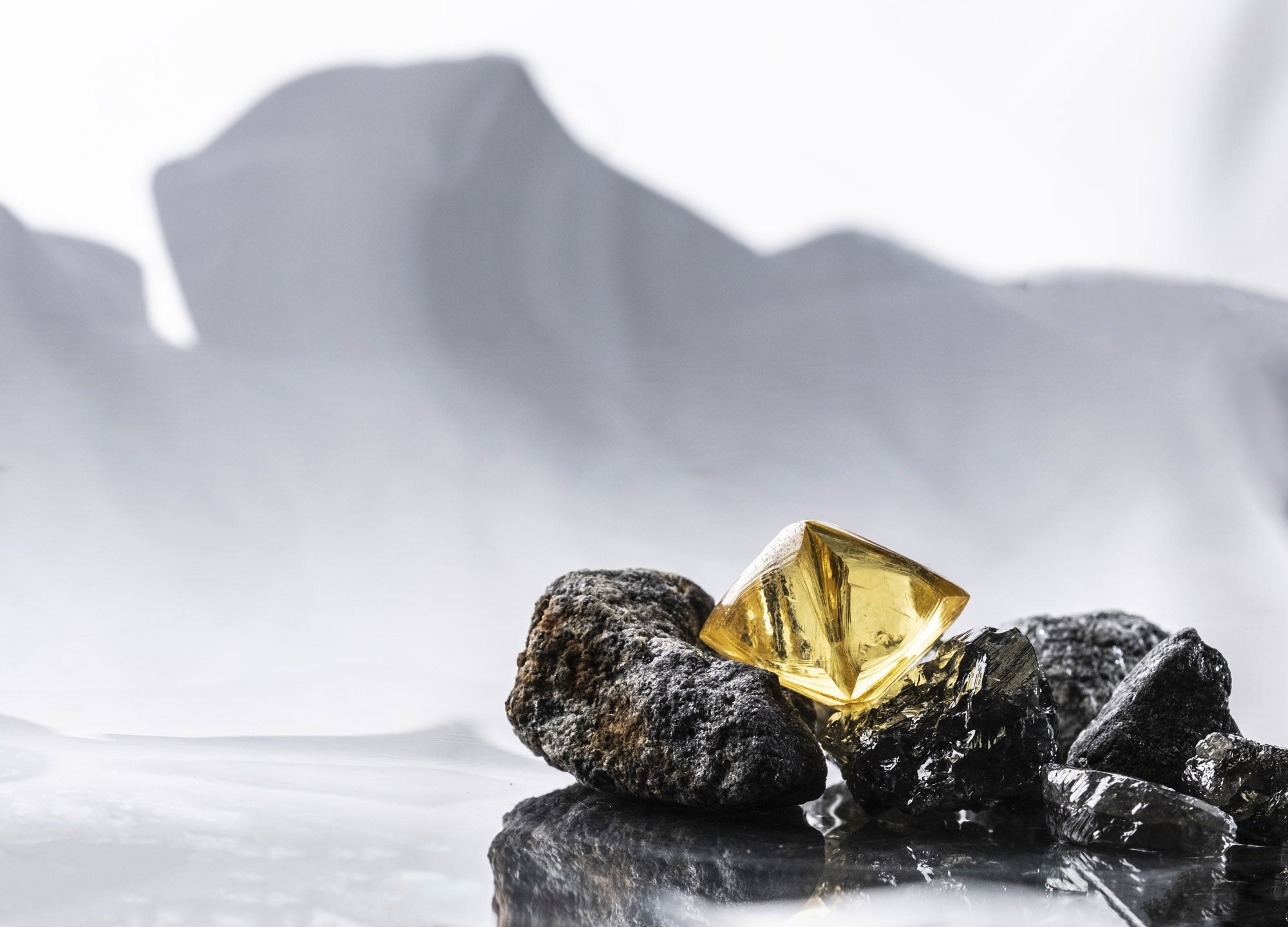
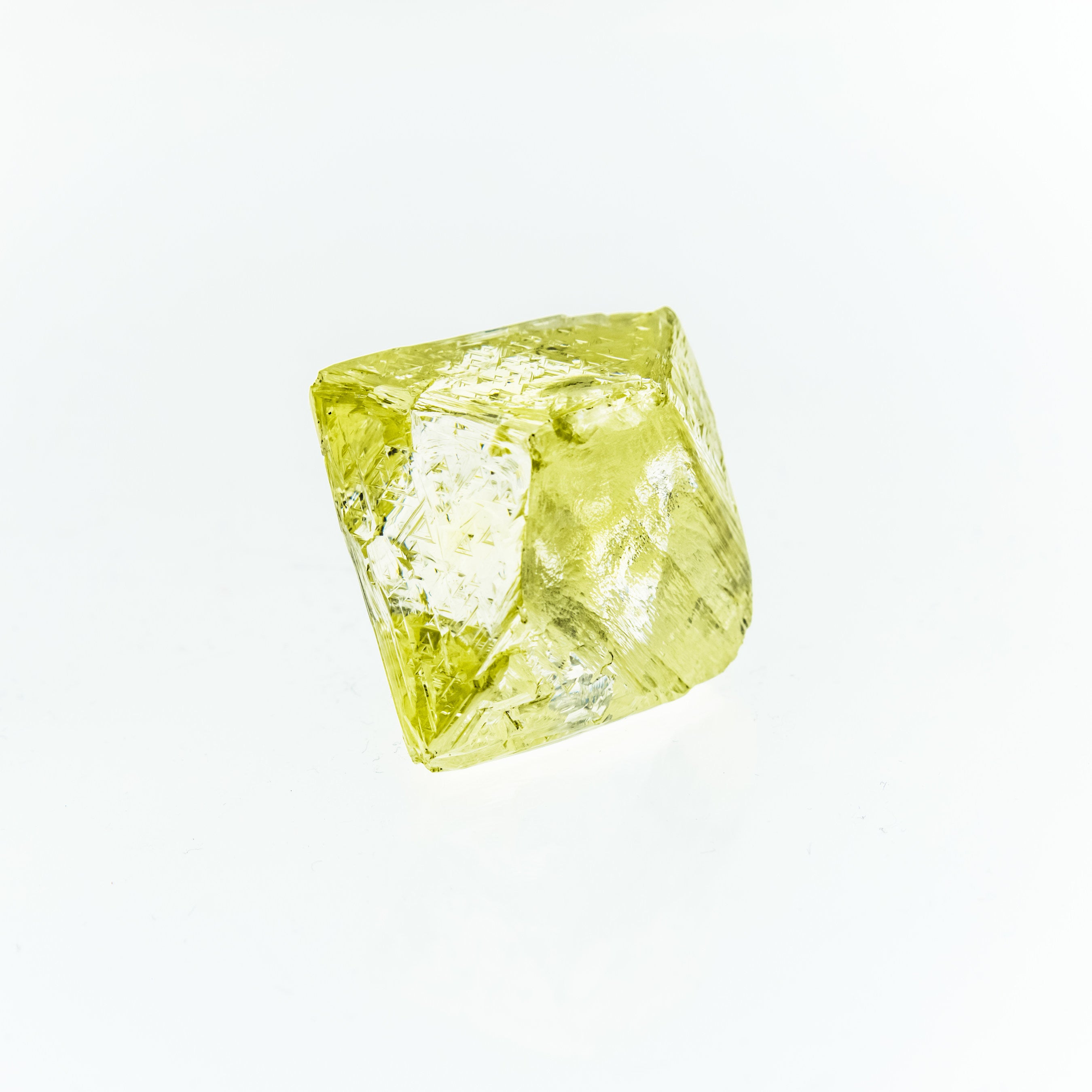
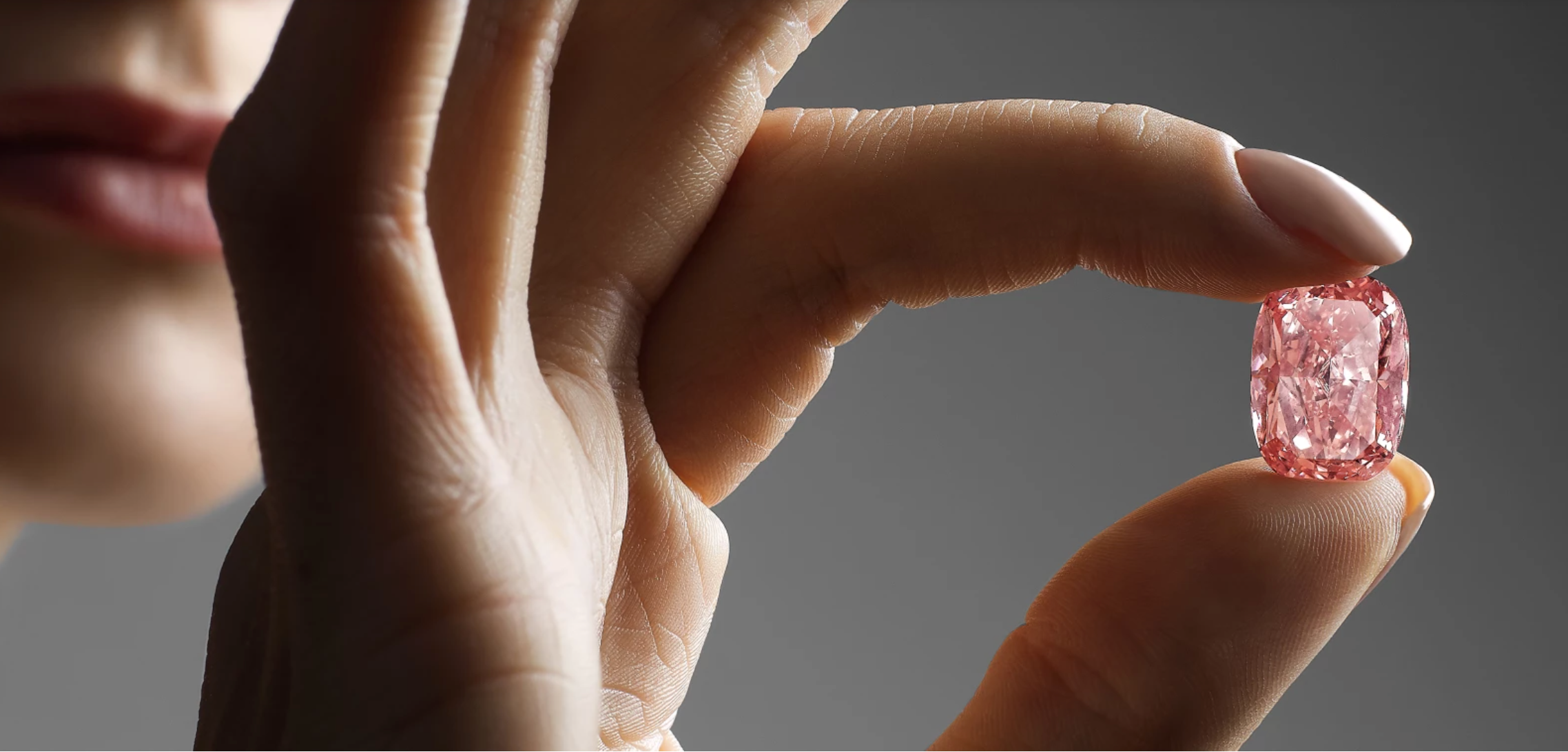
Sotheby's Brings Back the Pink Star to the Marketplace
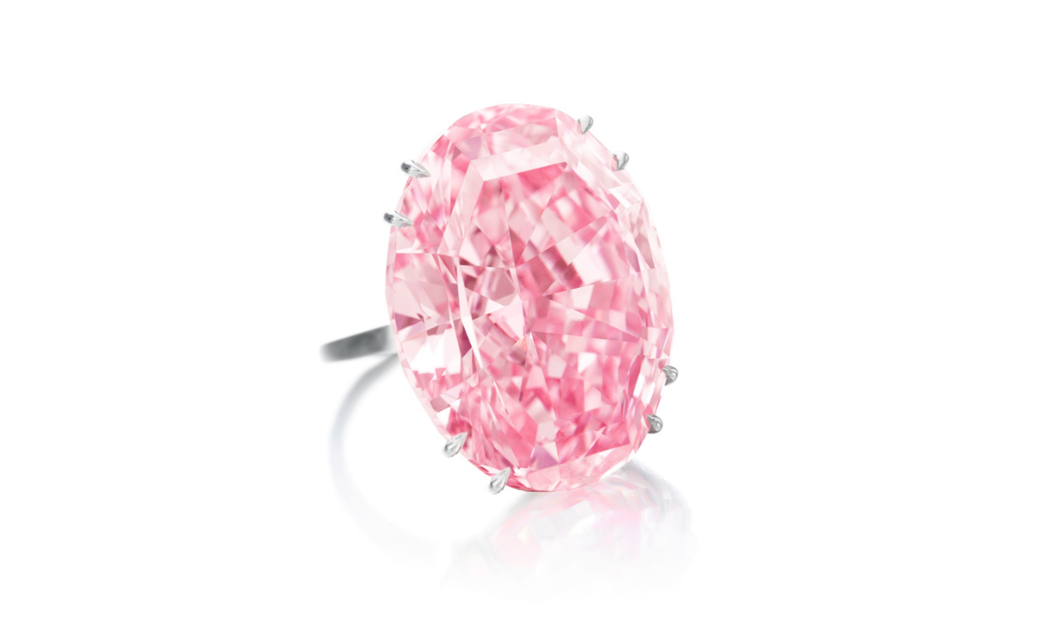
[Langerman Diamonds] Described as one of "the earth's greatest natural treasures", "The Pink Star" diamond will lead Sotheby’s sale of Magnificent Jewels and Jadeite in Hong Kong on 4 April 2017 and could fetch over $60 million.
This 59.60-carat oval mixed-cut pink diamond is the largest Internally Flawless, Fancy Vivid Pink diamond ever graded by the GIA.
The diamond initially unearthed in South Africa by De Beers, in 1999, as a 132.5-carat rough diamond was graded as Type IIa, which is very rare for any pink diamond. After fifty models were worked on before the cutting even began, it was meticulously cut and polished by Steinmetz Diamonds over a period of nearly two years. There was a loss of 72.9 carats or 55% of the weight of the rough diamond during the processing of the diamond but the result was "The Steinmetz Pink" a stunning, fancy vivid pink, oval mixed-cut pink diamond, with the clarity grade of internally flawless.
It was shown publicly, for the first time, in 2003, in Monaco and was displayed at the Smithsonian Institute, in Washington DC, as part of its “Splendor of Diamonds” exhibit which also included the Millennium Star, the Heart of Eternity, the Allnatt, the Pumpkin, the Moussaieff Red and the Ocean Dream.

The stone was first sold privately in 2007, upon which its owner renamed it "The Pink Star".
In November 2013, at Sotheby’s Geneva Magnificent Jewels sale, the diamond was sold for a world record price of $83.2 million, well above its highest estimates. The buyer, diamond cutter Isaac Wolf, immediately renamed the oval-cut stone “The Pink Dream". A few months later Sotheby's announced in its annual report that Mr. Wolf and his investors defaulted on the sale. The auction house paid the diamond’s seller $60 million, which was the guaranteed price and re-priced the pink diamond in its inventory at $72 million.

"The extraordinary size of this 59.60-carat diamond, paired with its richness of color, surpasses any known pink diamond record in history," said David Bennett, worldwide Chairman of Sotheby's Jewellery Division.
Other famous examples include the Williamson, which was given to Queen Elizabeth at her wedding, and the Darya-i-Nur, the largest pink diamond in the world, now stored at the National Treasury of Iran, which is believed to have its roots in the Golconda mines of India.
By YDCDL - Langerman Diamonds
Source & Pictures courtesy: Smithsonian/ Sotheby's
More Info: Sotheby's
